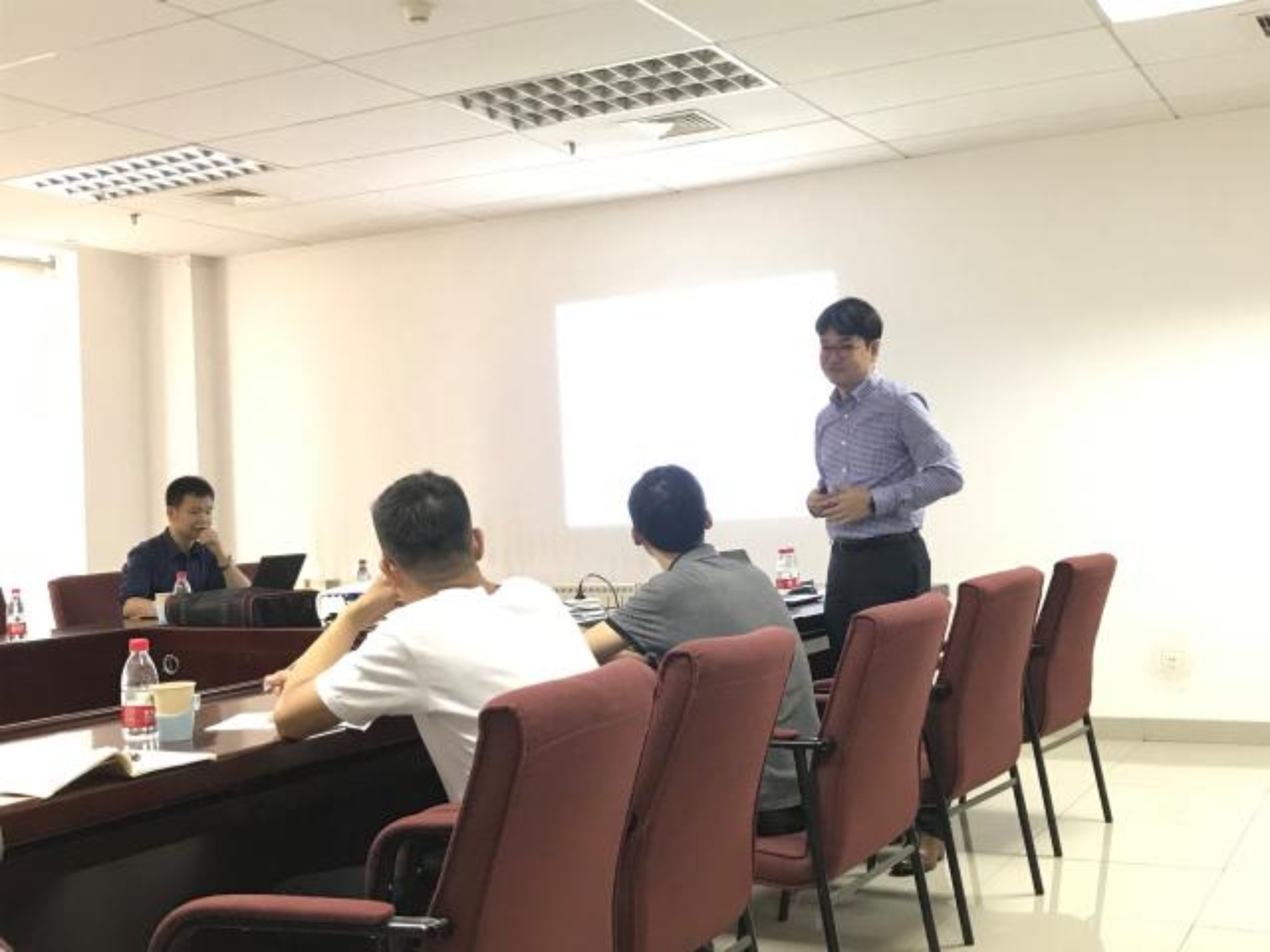2019年7月6日,来自南洋理工大学电子电气工程学院 Tony Tae-Hyoung Kim教授应邀来访我基地,并在微纳电子大厦525会议室做了题为《Ultra-low Power/Energy SRAM Design for Emerging Applications》的学术报告。微纳电子学系多位老师以及研究生、本科生参加了报告会,并与报告人进行了热烈的讨论。

Ultra-low Power/Energy SRAM Design for Emerging Applications
Recently, various ultra-low power applications such as Internet-of-Things (IoT), wearable devices, and biomedical devices have emerged opening up a new domain of integrated circuits design. In these applications, ultra-low voltage circuit techniques for improving the power and energy efficiencies have been the main research focus. One of the most challenging functional blocks in ultra-low power systems is memory where SRAMs are dominantly employed. Since SRAMs occupy majority of the power in those systems, design of ultra-low power SRAMs is a critical task for power and energy efficiencies. One of the most popular SRAM design methodology for ultra-low power applications is using aggressively scaled supply voltage. However, this deteriorates various SRAM design parameters such as stability, sensing margin, write margin, etc. Various techniques for ultra-low voltage SRAMs have been reported to tackle the limitations at ultra-low voltage operation. This tutorial will provide the basics in ultra-low voltage SRAMs followed by the trend in various state-of-the-art ultra-low voltage SRAMs. More detailed ultra-low voltage SRAM design works developed by the author’s group will also be explained. Finally, we will discuss future directions in ultra-low voltage SRAMs including various emerging non-volatile memory devices such as Flash, STTRAM, RRAM, etc.